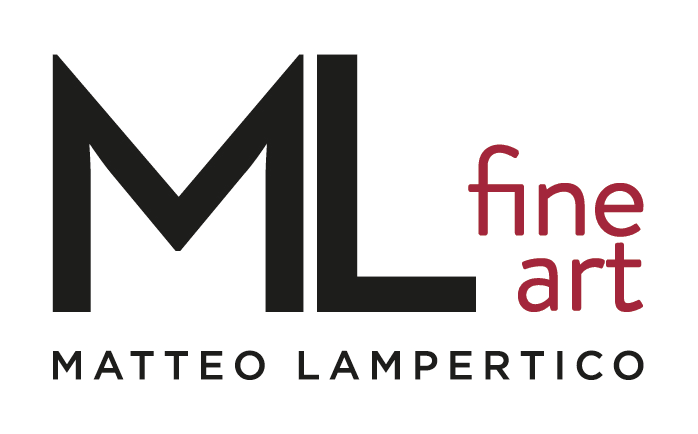Focus on Art is a video series by M&L Fine Art, presenting iconic artworks by key artists of the gallery programme. This episode inaugurates a cycle of three videos on the friendship and creative relationship betwen Fausto Melotti and Lucio Fontana, addressing the artists' use of ceramic.
Lucio Fontana and Fausto Melotti met as pupils of Adolfo Wildt at Milan’s Accademia di Brera in 1928, forming a lifelong bond of friendship and mutual admiration. Spanning the volatile years of Fascist rule and Italy’s post-war industrial decades, their respective careers advanced, in the words of Melotti, “on distinct yet parallel roads.”
Melotti’s first exhibition at Galleria del Milione in the winter of 1935 featured rigorously abstract works in plaster and metal, inspired by the purist ideas of theorist Carlo Belli. Formed by standard modules arranged serially and rhythmically, these early works embodied the fundamental principles of plastic harmony and contrappunto: the coexistence of space and time in a work of art.
Later that year Fontana’s own cement and wood sculptures, similarly essential in their approach, were also shown at Galleria del Milione. The influence of Kandinsky and Mondrian, who had been the subject of solo presentations at the same gallery, appeared unequivocally in Melotti and Fontana’s language of simple geometric forms, solid colours and volumetric planes.
At the same time, both artists were equally active in their use of ceramic. Its ductile, malleable qualities enabled a rejection of Wildt’s penchant for hard, cold marble. By revisiting the heritage of Baroque art, with its array of dazzling colours and capricious forms, Fontana and Melotti also resisted Fascism’s classically motivated modernist rhetoric.
In Fontana’s work, this produced a bestiary of seemingly uninhibited coloristic and spatial invention. Human forms, modelled in ceramic or porcelain stoneware, were further animated by shimmering colours and mosaic detailing.
Fausto Melotti cultivated an equally expansive practice, embarking since 1948 on frequent collaborations with architect Gio Ponti. In their projects, ceramic decorations enlivened architectural environments by creating unpredictable combinations of shapes and colours. Vases appeared in an array of anthropomorphic and abstract forms.
Melotti’s most eloquent evocation of the Baroque was in his female figures, whose delicate, rippling costumes seem to flutter in a light breeze. His Korai, on the other hand, are unmistakeably inspired by Classical Greek forms: motionless and hieratic. These archaic, enigmatic figures present a synthesis of female grace coupled with an austere form of sacred elegance.



